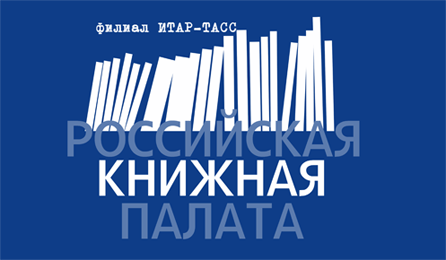Breslavsky A. S. Suburbs of Ulan-Ude: Practices of citizenship and the “right to the city” // The Russian Peasant Studies. 2024. V.9. №1. P. 75-95.
DOI: 10.22394/2500-1809-2024-9-1-75-95
Annotation
The author shows how local residents of the closest suburbs of Ulan-Ude (which grew rapidly in the 2000s — 2010s due to detached houses construction, including dacha non-commercial partnerships (DNP) without basic engineering, housing and social infrastructure) defended their “right to the city” (comfortable environment in suburban residential areas, equal access to urban public goods, etc.). The struggle for this right implied social-political mobilization, awareness and acceptance of personal responsibility for the development of territories, including in the form of territorial public self-government (TPS) that widely developed in Buryatia in the 2010s. However, this struggle was not widespread, all-encompassing, constant and sustainable as local suburban communities remained disunited and united only to solve common problems. The case of Ulan-Ude and its suburbs shows the situational nature of urban citizenship and the continuing fragmentation of urban and suburban communities in their seemingly common strive for the adequate quality of the urban/suburban environment, equal access to public goods and urban resources. The article shows a variety of argumentations for the “right to the city’, which may directly contradict each other, since the ideals embodied in this right often are not perceived by ‘ordinary’ residents. The study is based on the author’s participant observations (from 2011), in-depth interviews with leaders and activists of TPS and DNP in the suburban settlements of Ulan–Ude (2021– 2024), a focus group (January 2024) and media publications.
Keywords
Rural migration, right to the city, Russia, Ulan-Ude, suburbs, citizenship, territorial public self-government.
About the author
Breslavsky Anatoly S., PhD (History), Senior Researcher, Center of Urban Studies, Tyumen State University. Lenina St., 23, Tyumen, 625003.
E-mail: This email address is being protected from spambots. You need JavaScript enabled to view it.
The article was submitted on 25.12.2023.
Breslavsky A.S. “Suburban Revolution”: The regional case (Ulan-Ude) // The Russian Peasant Studies. 2017. V.2. №1. pp. 90-101.
DOI: 10.22394/2500-1809-2017-2-1-90-101
Annotation
The author considers the processes of suburban growth in major Russian cities that becomes more and more visible, and at the same time has much in common with the processes of development of other large cities in post-socialist countries. The driving forces of the so-called “post-socialist suburban revolution” in Russia determined by the rapid growth of private housing construction on the periphery of the capital cities are similar to those typical for Eastern European countries. They are as follows: the prolonged housing crisis, restrictions on the private property and private housing construction in the Soviet period, degradation of the social infrastructure in central districts of the cities in the 1990s, liberalization of distribution and developing of urban and suburban areas, in-migration from rural areas — all these factors have a significant impact on the growth of cities with a million-plus population as well as on smaller regional capitals. The growth and development of the suburban zone of Ulan-Ude — the capital of the Republic of Buryatia — quite fit into this “post-socialist context” though with important regional features related to local housing traditions, level of income, character of rural-urban migration, etc. The key directions of growth of the inner and outer suburbs of Ulan-Ude are as follows: wooden low-rise housing construction, transformation of dachas into places of year-round accommodation, construction of cottages and townhouses, high-rise housing construction, development and reconstruction of suburban villages. The suburban area of Ulan-Ude has mono-functional character (residential areas) for the industrial and commercial construction and social and public infrastructure are still poorly developed, which determines the rural-urban look of the suburban micro-districts.
Keywords
suburbs, urbanization, suburbanization, Ulan-Ude, segments of housing development, social geography
About the author
Breslavsky Anatoly S., Research Fellow, PhD (History), Institute for Mongolian, Buddhist and Tibetan Studies, Siberian Branch of the Russian Academy of Science. Address: 6, Sakhyanovoi St., Ulan-Ude, 670047, Russian Federation.
E-mail: This email address is being protected from spambots. You need JavaScript enabled to view it.





















